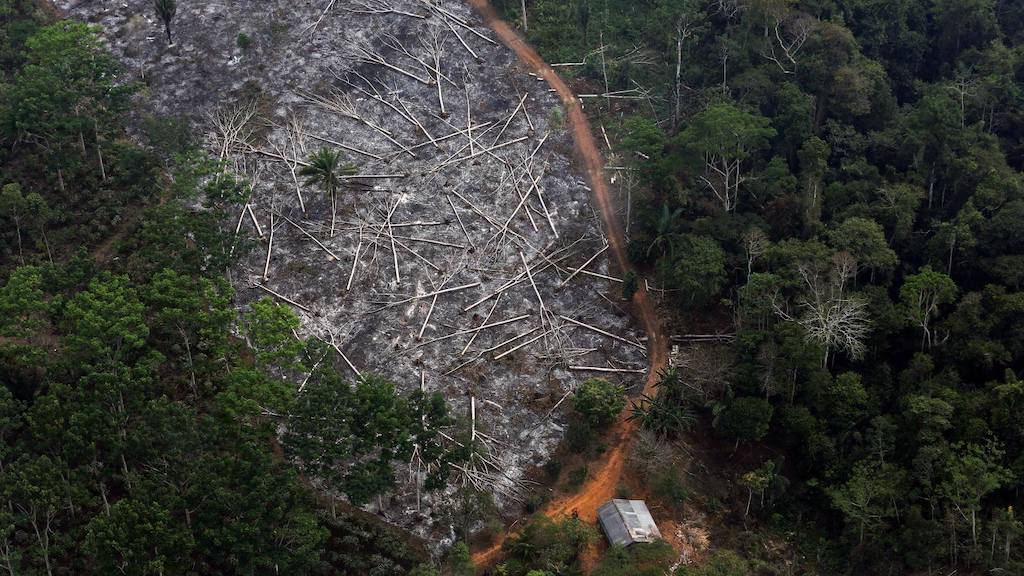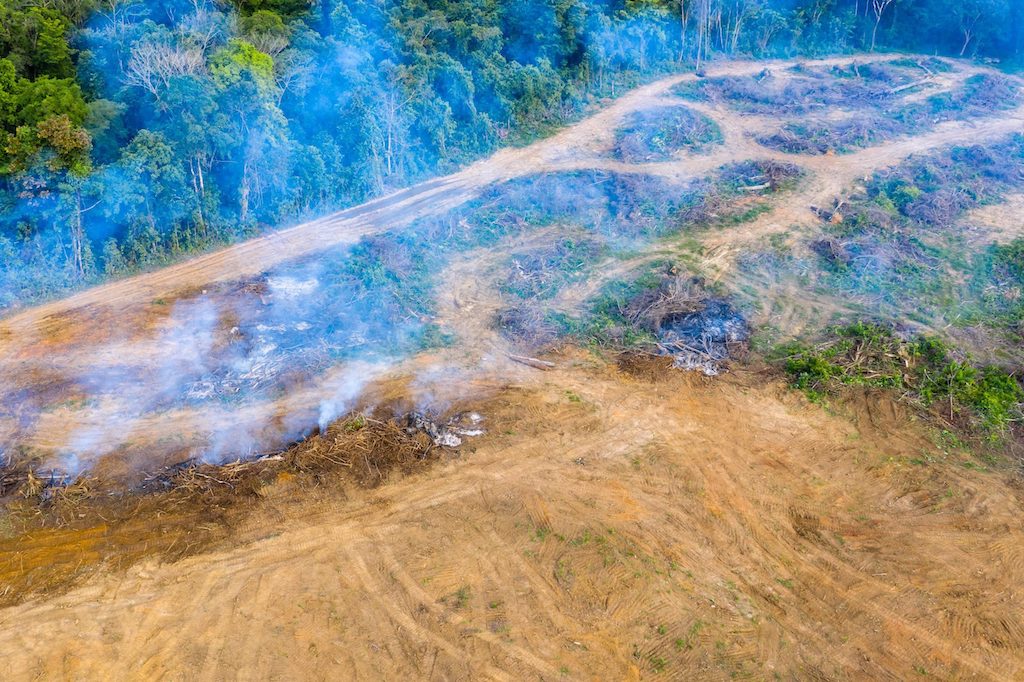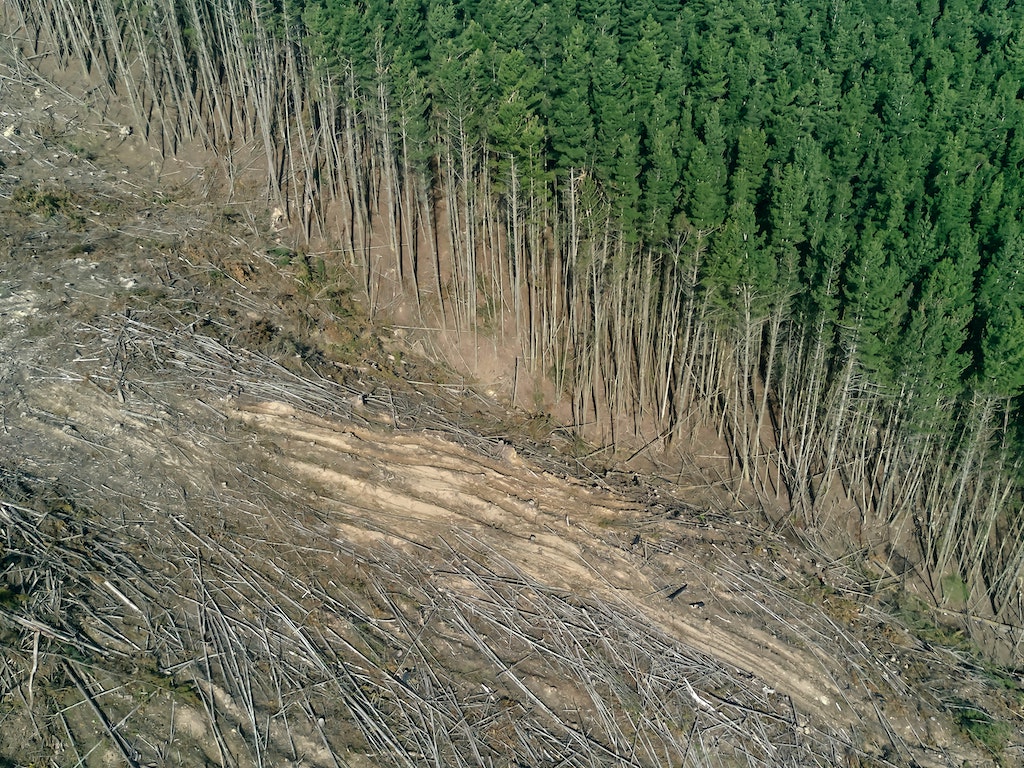4 Mins Read
While 2020 was hailed as a landmark year to fight deforestation, with countries, organisations and corporations committing to do more to protect the world’s forests and biodiversity, the rate of primary forest loss was still 12% higher than the year before. The new data, released by the World Resources Institute (WRI), warns the “situation is increasingly urgent” with intensifying climate change, wildlife and habitat loss and indigenous rights and livelihoods threatened.
Primary forest loss grew 12% year-on-year in 2020, according to the latest data compiled by the University of Maryland and Global Forest Watch, which has been published in an WRI report. 12.2 million hectares of tree cover had been destroyed, of which 4.2 million hectares – equivalent to the size of the Netherlands – were in humid tropical forests, the world’s most vital resource for biodiversity and carbon storage.
Altogether, the greenhouse gas emissions released from primary forest loss exceeded the annual carbon dioxide produced by 570 million cars – more than double the number of cars on U.S. roads.
Researchers say that while the data does not show a direct link between Covid-19 and forest loss trends, the pandemic and related lockdowns had other impacts on forests, such as the higher incidences of illegal harvesting in protected forest areas.
The report also emphasised that the way countries decide to rebuild after the coronavirus – with some countries deciding to weaken environmental protections to prioritise economic development – will have long-term irreversible impacts on the world’s forests.

“2020 was meant to be a landmark year in the fight against deforestation,” the analysts wrote. “Continued losses of primary tropical forests make it clear that humanity has fallen short in meeting these targets.”
Examining regional trends, the report finds that commodity-driven deforestation was the leading driver of tree cover loss in Latin America and Southeast Asia, while changing agricultural trends was the primary cause in tropical Africa. Climate-related wildfires and disasters also played a “big role” across the world.
Overall, deforestation in Brazil was the worst globally, topping the rankings for annual primary forest loss with 1.7 million hectares in 2020 alone – tripling the figure of the next-highest country, the Democratic Republic of Congo (DRC) and representing a 25% year-on-year increase.
Continued losses of primary tropical forests make it clear that humanity has fallen short in meeting these targets.
WRI Forest Pulse 2020
The majority of the deforestation in Brazil occurred in the Brazilian Amazon, with many newly large-scale cleared lands prevalent in the southern and eastern edges of the rainforest. Fires also contribute to primary forest loss, with the Brazilian Amazon recording an even higher number of wildfires in 2020 compared to 2019, the year images of deliberately set fires for cattle rearing and animal feed cultivation ignited widespread global outrage.
In the DRC, the 490,000 hectares of deforestation in 2020 was primarily caused by the uptick in shifting agriculture and wood energy demand, including the rise of charcoal production.
Some progress was highlighted in Indonesia and Malaysia, with both countries’ rate of primary forest loss declining for the fourth consecutive year in 2020. Researchers say that the downward trend indicates the effectiveness of government forest conservation efforts and stricter enforcement over illegal logging and plantation activities.
The situation is increasingly urgent: the effects of climate change are already being felt, countless species are being lost to the extinction crisis, and forest clearing linked to land-grabbing is having irreversible impacts on the rights, livelihoods and cultural heritage of numerous forest peoples.
WRI Forest Pulse 2020
However, sustained or increasing levels of deforestation was still prevalent elsewhere in Southeast Asia, most prominently in Cambodia, Laos and Myanmar. The WRI analysis reported similarly bleak outlooks in South America, with Bolivia, Colombia and Peru all seeing high levels of forest loss in 2020.

Initiatives to rebuild economies in the aftermath of the coronavirus pandemic offer an opportunity.
WRI Forest Pulse 2020
“The new data makes it clear that we continue to lose forests at a staggering rate and that many forest-related targets with 2020 deadlines were missed,” wrote the researchers.
“The situation is increasingly urgent: the effects of climate change are already being felt, countless species are being lost to the extinction crisis, and forest clearing linked to land-grabbing is having irreversible impacts on the rights, livelihoods and cultural heritage of numerous forest peoples.”
WRI warned that action must be taken now to ramp up forest protection efforts and countries must prioritise conservation in their coronavirus rebuilding plans.
“Initiatives to rebuild economies in the aftermath of the coronavirus pandemic offer an opportunity,” said the report. “To reimagine policies and economies in a way that protects forests before it’s too late.”
Lead image courtesy of Unsplash.




